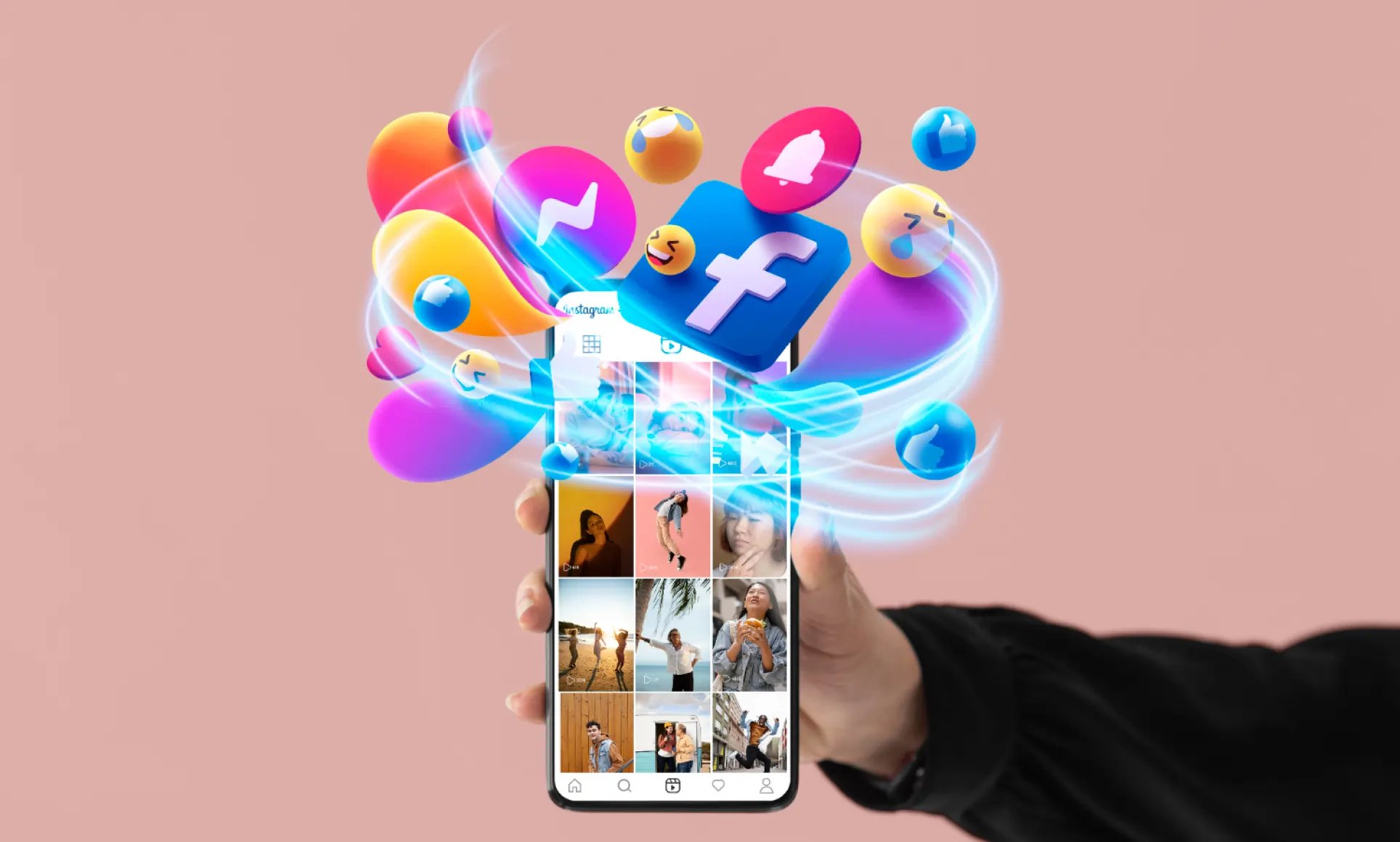
AI is transforming content marketing by making content creation faster, improving personalization, and optimizing campaigns. Here’s what you need to know:
- Content Creation: AI tools like ChatGPT and Jasper boost output by up to 82% and ensure brand consistency.
- Personalization: AI helps deliver tailored content, leading to up to 30% higher conversion rates.
- Campaign Optimization: AI improves ROI for 60% of marketers by automating workflows and analyzing performance.
- Distribution: Tools like ContentStudio and Hootsuite streamline multi-platform publishing and post timing.
Quick Comparison of AI Tools
| Tool | Best For | Starting Price |
|---|---|---|
| ChatGPT | Quick drafts, ideation | Free (basic) |
| Jasper | High-volume content | $49/month |
| Surfer SEO | Content ranking analysis | $19/month |
| Pallyy | Post timing optimization | $25/month |
Why it matters: Over 80% of marketers already use AI, and businesses that embrace it see faster growth, better engagement, and higher ROI. Start by automating repetitive tasks, personalizing content, and training your team to use AI effectively.
Related video from YouTube
AI Content Creation Tools
AI content tools are key to shaping marketing strategies in 2025. Below, we break down some tools and applications that can enhance your content marketing efforts.
Text Generation Tools
AI writing tools can help you create engaging content efficiently. Here's a quick comparison of popular platforms:
| Tool | Key Features | Best For | Starting Price |
|---|---|---|---|
| ChatGPT | GPT-4 powered, flexible output, customizable tone | Quick drafts, ideation | Free (basic) |
| Jasper | Brand voice training, reliable uptime, Google data integration | High-volume content | $49/month |
| Writer | Proprietary language models, brand consistency tools | Enterprise teams | Custom pricing |
| Anyword | Step-by-step generation process | Marketing copy | Custom pricing |
While these tools focus on text, visual and SEO tools can amplify your content’s reach. Let’s dive into visual content creation next.
AI Image and Video Tools
AI has simplified visual content creation, making it more effective. For instance, websites using AI-generated videos have seen a 65% increase in conversion rates, and email campaigns with video content can achieve up to three times higher click-through rates .
Key use cases include:
- Generating brand-consistent images from text prompts
- Creating training and onboarding videos
- Translating visual content into multiple languages
- Customizing videos for different social platforms
SEO Optimization Tools
AI-driven SEO tools are transforming how marketers create high-ranking content. As Morgan Taylor, co-founder of Jolly SEO, puts it:
"These tools streamline time-consuming tasks like content creation, keyword research, and SEO optimization, allowing you to focus more on marketing strategy" .
Max Tang, CMO at GEEKOM, shares a similar experience:
"Integrating ChatGPT to automate product descriptions was a game-changer. It saved us countless hours, improved consistency, and allowed our team to focus on strategy and growth" .
Here’s how to make the most of AI for SEO:
1. Start with research: Tools like Surfer SEO analyze over 500 ranking factors and live search engine results to guide effective content creation .
2. Combine AI with human oversight: Peter Čuček, owner at Tuuli, advises:
"AI tools like ChatGPT are powerful, but without proper guidance, they can veer your digital marketing strategy off course. Human oversight ensures your messaging stays aligned with your target audience and business goals" .
3. Track and refine performance: Mary Keutelian, SEO Strategist at Sprout, explains:
"AI tools help us analyze content and identify patterns and provide actionable recommendations. They improve technical SEO elements (page speed, indexation, linking, duplication, etc.) and optimizing page elements such as titles, meta descriptions and anchor text" .
Google’s stance on AI-generated content is clear:
"Appropriate use of AI or automation is not against Google's guidelines. As long as your content is of high quality, tailored to your audience, and not made primarily to manipulate search rankings (check out Google's spam policies for more details on what to avoid), any AI-generated content won't be penalized solely on the basis of being AI-detectable" .
AI-Powered Content Analysis
AI tools are changing the way we understand and improve content performance. A Sprout Social Pulse Survey from Q2 2023 revealed that 71% of social marketers now use AI and automation tools in their workflows, with 82% seeing positive results from these integrations .
Topic Trend Analysis
AI tools can spot rising content trends before they go mainstream. Platforms like explodingtopics.com help uncover what's gaining traction in your niche . These tools analyze patterns that would otherwise go unnoticed.
Here are some top platforms for identifying trends:
| Platform | Key Features | Best Use Case | Starting Price |
|---|---|---|---|
| BuzzSumo | Real-time trend monitoring, content tracking | Content research | $199/month |
| SparkToro | Audience intelligence, trending topics | Audience research | $38/month |
| Audiense Insights | Social media trend analysis | Social strategy | $1,499/month |
Target Audience Analysis
AI-powered audience targeting has reached a new level of precision in 2025, shifting toward privacy-conscious, first-party data usage. Brett McHale, Founder of Empiric Marketing, explains:
"I believe this transition was always inevitable as the next evolution of acquiring and utilizing user data. First-party data and AI enrichment and application of that data can help balance the legal and social issues that cookies endured throughout their digital lives. 2025 will see more of this transition with new tools to help businesses understand more about their customers' behavior."
Modern AI tools analyze audiences across multiple dimensions: demographics, behavior, location, psychographics, and platform preferences. These insights provide the groundwork for sharper performance tracking and strategy development.
Performance Metrics
AI analytics have redefined how content success is measured. Tools like Google Analytics (rated 4.5/5.0 from 6,385 reviews) and HubSpot (rated 4.4/5.0 from 11,047 reviews) now include advanced AI features to help track key performance indicators .
Key metrics to focus on include:
- Sentiment Analysis: Understand how your audience feels about your brand by analyzing social media posts, reviews, and comments. Brand24 excels in real-time sentiment tracking and engagement monitoring .
- Predictive Analytics: Forecast content performance and identify potential risks using tools like Semrush (starting at $129.95/month) and Supermetrics (from $29/month) .
- Engagement Tracking: Monitor complex engagement patterns across platforms. CleverTap, rated 4.6/5.0 from 502 reviews, specializes in cross-channel engagement tracking and starts at $75 per month .
These tools and metrics can help businesses fine-tune their content strategies and boost overall performance.
sbb-itb-3858882
AI Content Distribution Methods
AI isn't just transforming content creation; it's also reshaping how content is shared and delivered. According to recent data, AI has boosted the efficiency of personalized content delivery by 59% .
Multi-Platform Publishing
Tools like ContentStudio simplify cross-channel content distribution, offering up to 10,000 AI-generated words while managing distribution across multiple platforms .
Here’s a quick look at some popular AI-powered distribution platforms:
| Platform | Key Features | Best For | Monthly Cost |
|---|---|---|---|
| SocialBee | AI Social Media Copilot, Categories | Small Businesses | $29 |
| Sendible | Smart Queues, Multi-channel Analytics | Agencies | $29 |
| Hootsuite | AI Post Templates, Unified Inbox | Enterprise | $149/user |
| StoryChief | SEO Tools, Multi-channel Publishing | Content Teams | $39/user |
Timing is just as important as distribution when it comes to maximizing content visibility.
Post Timing Optimization
Once content is distributed, the next step is to time your posts effectively. AI tools analyze audience behavior to pinpoint the best times for posting. For instance, Sprout Social uses a star-rating system to highlight optimal posting windows, ensuring your content gets the attention it deserves .
"AI content distribution optimizes and automates delivering content to target audiences... This automation and personalization ensure businesses connect with the right people, delivering the right message at the right time, which maximizes engagement and conversions."
Pallyy, priced at $25/month, stands out for its AI-driven timing recommendations. It evaluates historical engagement data to suggest the best posting times tailored to each platform and audience segment .
Automated Audience Engagement
AI tools like Sprout Social's Enhance by AI Assist take audience engagement to the next level by refining responses while keeping your brand's tone consistent . These systems can:
- Detect Message Priority: AI identifies high-priority messages so they can be addressed quickly.
-
Maintain Brand Voice: AI tools are trained to replicate your brand’s unique style. As Kara Trivunovic from Zeta Global explains:
"Brand voice is the distinct personality and tone that a brand conveys in its communications. It's what makes your content recognizable and relatable to your audience."
- Personalize at Scale: Platforms like Predis.ai ($27/month) generate up to 60 customized posts monthly, each tailored to specific audience preferences.
While automation is powerful, pairing it with human oversight ensures your AI-driven strategies remain aligned with your brand’s values and resonate authentically with your audience .
Common AI Marketing Challenges
Using AI in content marketing comes with its own set of challenges. A recent study reveals that 62% of people have concerns about AI's role in content creation . Tackling these issues is essential before expanding your AI-powered marketing efforts.
Brand Voice Control
Ensuring your brand's voice stays consistent can be tricky with AI. As Kiana Minkie explains:
"A brand voice is the consistent and distinctive way your brand communicates with your audience. It's your brand's unique personality and style reflected in language at every stage of the customer journey."
To keep your brand voice intact when using AI tools, try this framework:
| Element | Action Items | Implementation Tips |
|---|---|---|
| Documentation | Develop a detailed style guide | Include tone examples, banned phrases, and audience insights |
| Training | Provide AI with quality content | Use prompts that align with your brand guidelines |
| Review Process | Set up feedback loops | Have your creative team regularly evaluate results |
| Quality Control | Add human oversight checkpoints | Edit for clarity and brand alignment |
AI Ethics and Disclosure
Being transparent about AI's role is just as important as maintaining consistency. For example, TripAdvisor uses diamond icons and info buttons to mark AI-generated attraction descriptions, allowing users to share feedback on accuracy .
Here are some effective ways to ensure transparency:
- Content Labeling: Clearly mark AI-generated content with watermarks or tags.
- Transparent Communication: Explain how AI contributes to your content creation process.
- Automated Tracking: Use machine-readable metadata to identify AI-generated content.
Canva showcases transparency by stating, "Some rules apply when using these images", and linking to detailed usage guidelines .
Team Training for AI Tools
Proper training can make a big difference. For example, Sprout Social saved 72 hours per quarter on content performance reporting after integrating AI effectively .
Lauren Parr from RepuGen shares this advice:
"Let your team experiment with new AI tools and methods, learning from their successes and mistakes. This approach has worked wonders for us, as it not only improves skills but also inspires fresh ideas."
Here’s how to train your team:
- Staged Learning: Begin with basic AI concepts and gradually move to hands-on workshops. Monthly "AI in action" forums can help explore different use cases.
-
Peer Support: Encourage mentorship programs where experienced team members guide others. Katie Jewett from UPRAISE Marketing + Public Relations notes:
"Implement a mentorship program where AI-savvy team members can guide their less experienced colleagues. This peer-to-peer learning approach fosters a collaborative environment and allows for continuous skill development."
- Practical Application: Let teams test AI tools in low-stakes scenarios. Regular practice builds confidence and improves daily workflows.
Addressing these challenges will help smooth the integration of AI tools into your content marketing strategy.
Conclusion: Next Steps with AI Marketing
Key Takeaways
AI is reshaping content marketing, with projections showing that over 90% of digital interactions will involve AI by 2025 . Companies leveraging strategic automation have already seen up to a 40% boost in revenue through better personalization .
Here’s how businesses are successfully integrating AI into their content strategies:
| Area | Actions | Outcomes |
|---|---|---|
| Content Creation | Use AI for drafts; refine with human input | Faster content production, consistent quality |
| Analytics | Apply predictive tools for insights | Improved targeting and higher engagement |
| Distribution | Automate multi-channel publishing | Broader reach and well-timed delivery |
| Customer Experience | Personalize with AI-driven tools | Better engagement and higher conversions |
These approaches highlight how AI can drive impactful results in marketing.
AI Marketing in 2025
The role of AI in marketing is expanding rapidly. As Laura J Bal notes:
"AI isn't replacing marketers - it's empowering those who know how to use it strategically."
A case in point is PayPal, which used AI for risk management. This reduced losses by 11% and helped nearly double payment volumes, from $712 billion in 2019 to $1.36 trillion in 2022 .
Next Steps for Marketers
Immediate Actions:
- Automate repetitive tasks to free up resources
- Incorporate AI-enhanced CRMs for better customer management
- Adjust content strategies for AI-driven search algorithms
Strategic Priorities:
- Balance automation with creativity to maintain your brand’s unique voice
- Invest in training teams to effectively use AI tools
- Define clear metrics to measure the success of AI initiatives
Miroslav Jirku, Director of Product Marketing at Kentico, underscores the importance of personalization:
"Hyper-personalization isn't just the next step in marketing - it's the expectation. In 2025, every consumer interaction will feel like a conversation tailored just for them, transforming customer loyalty from a goal into a natural outcome."
To achieve this vision, marketers must focus on continuous improvement, delivering meaningful value, and being transparent about their use of AI.
















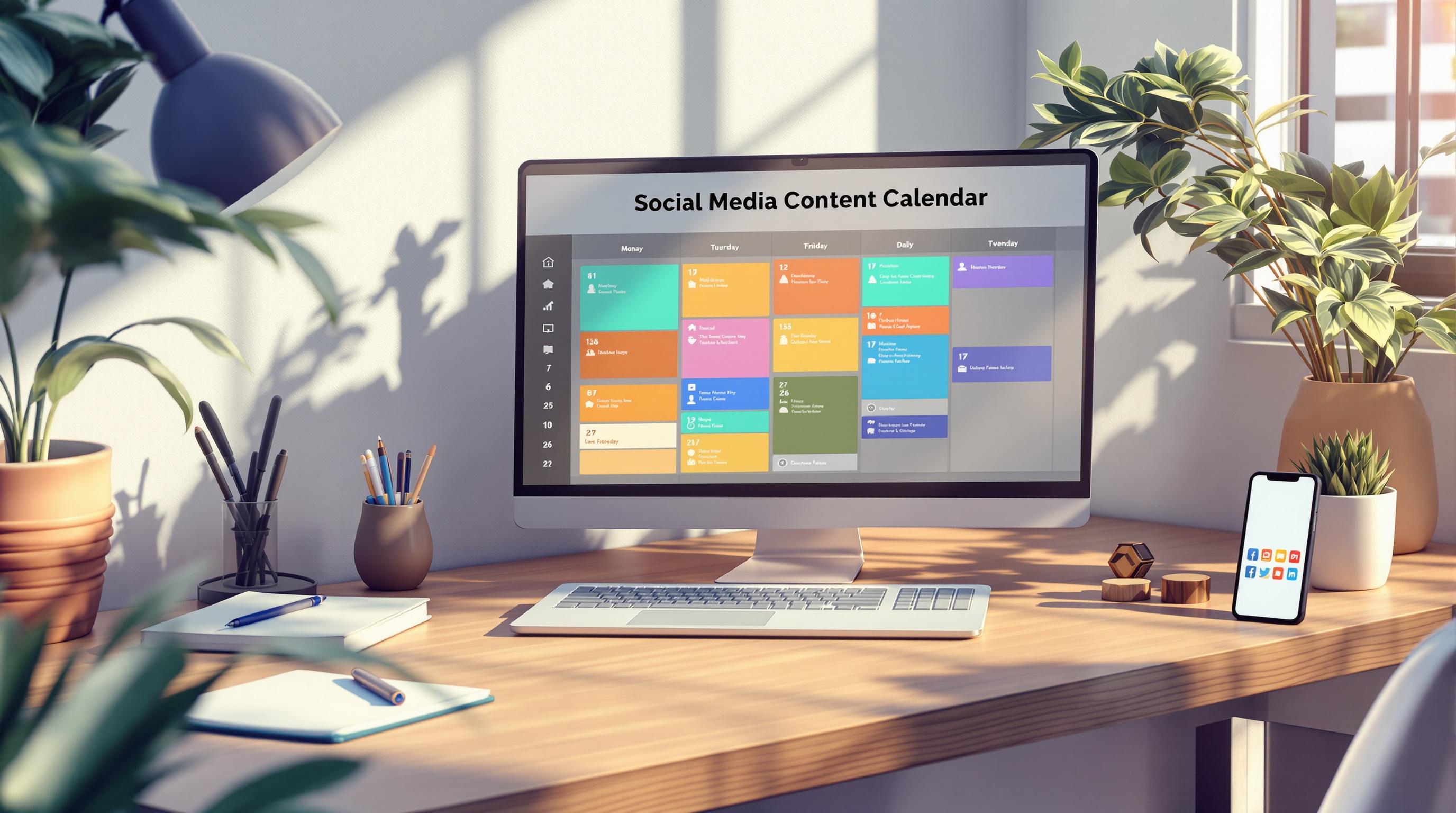


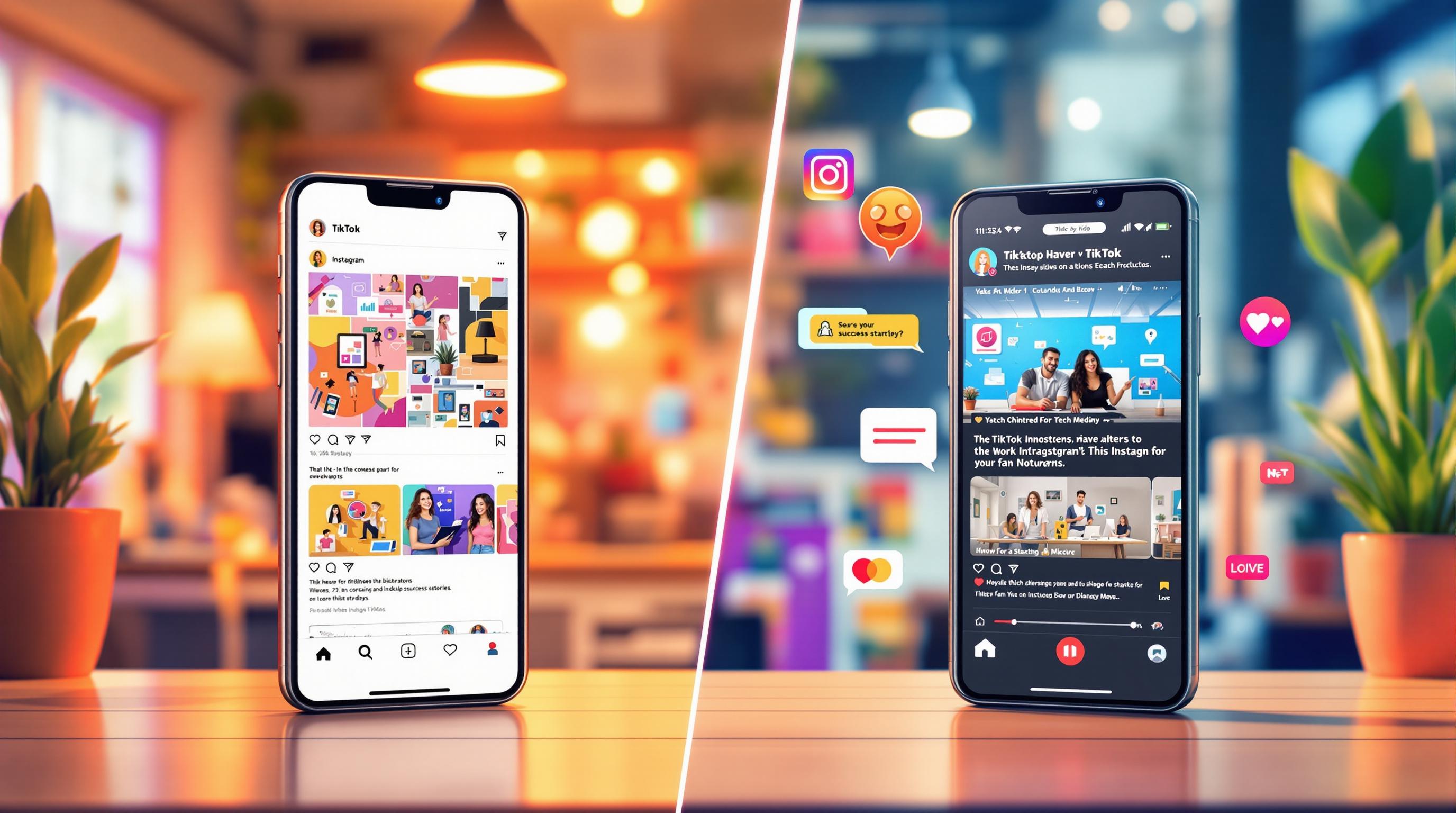


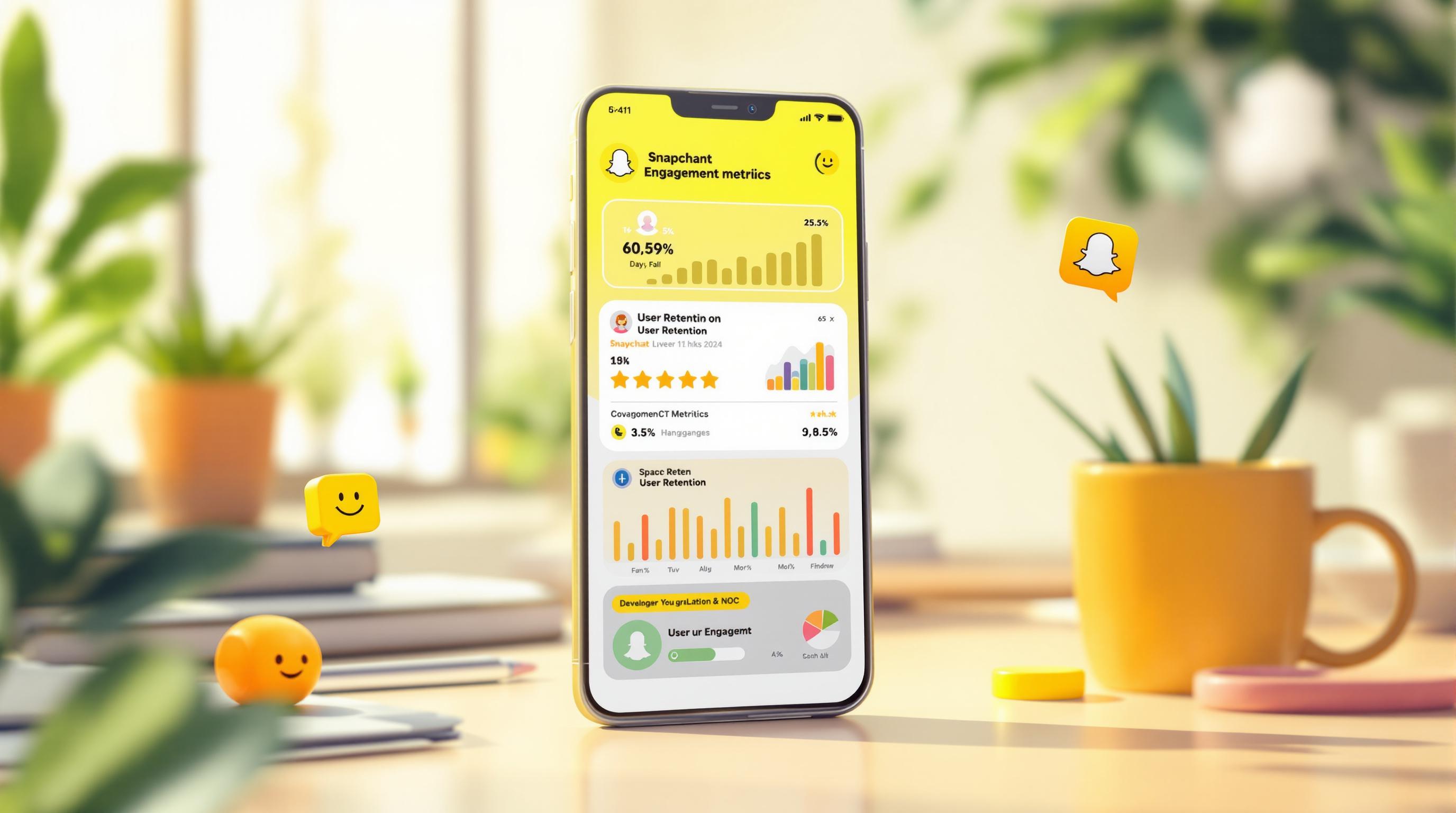













![Top 7 Best Instagram Growth Services in 2025 [RESULTS]](/cdn-cgi/image/fit=contain,format=auto,width=null/https://cdn.prod.website-files.com/67840d1d88a886f29a66a4c1/6795d12917ee4501b9eddf73_6795c731964f791db3b566c4-1737870861582.jpg)
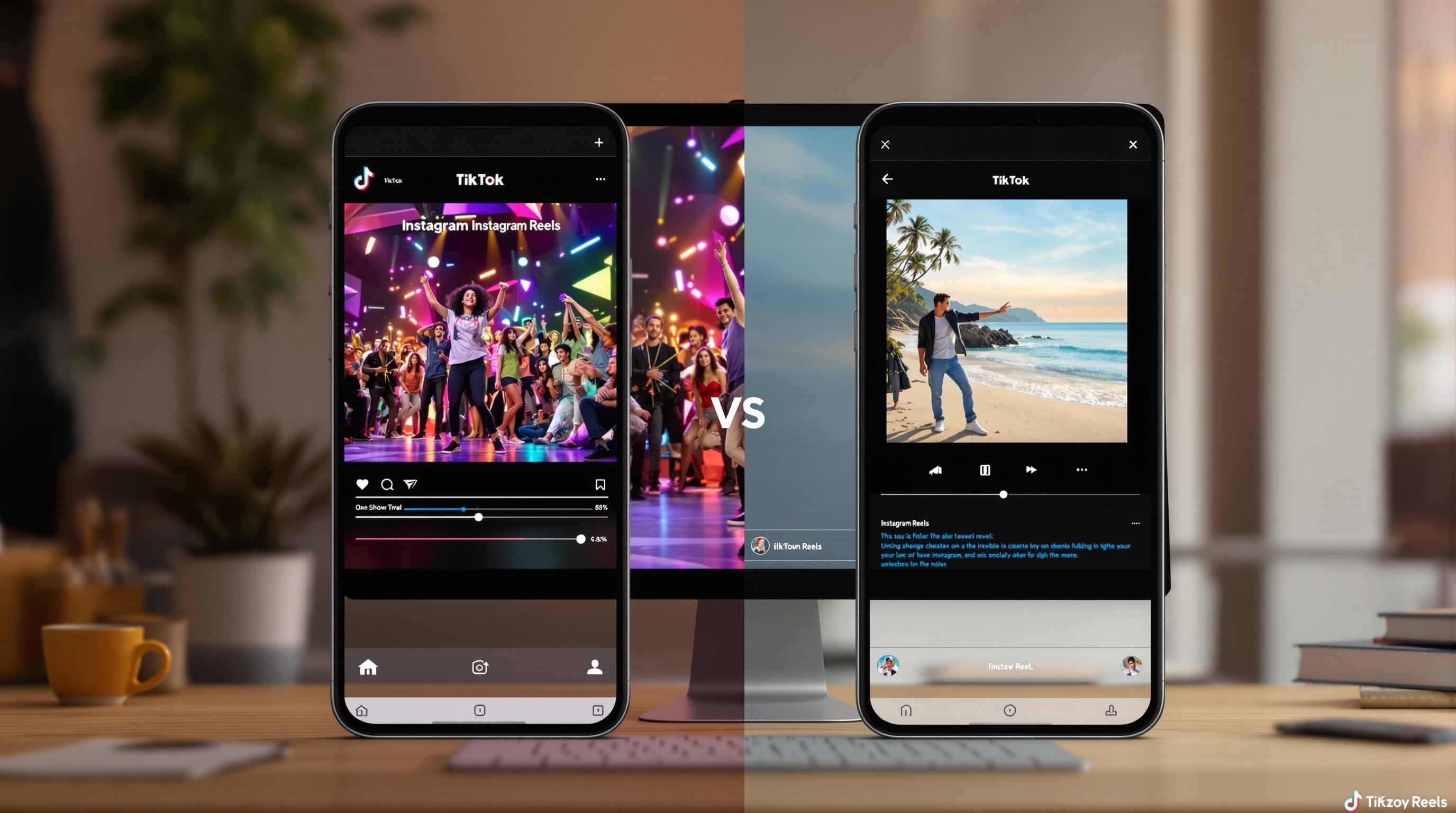
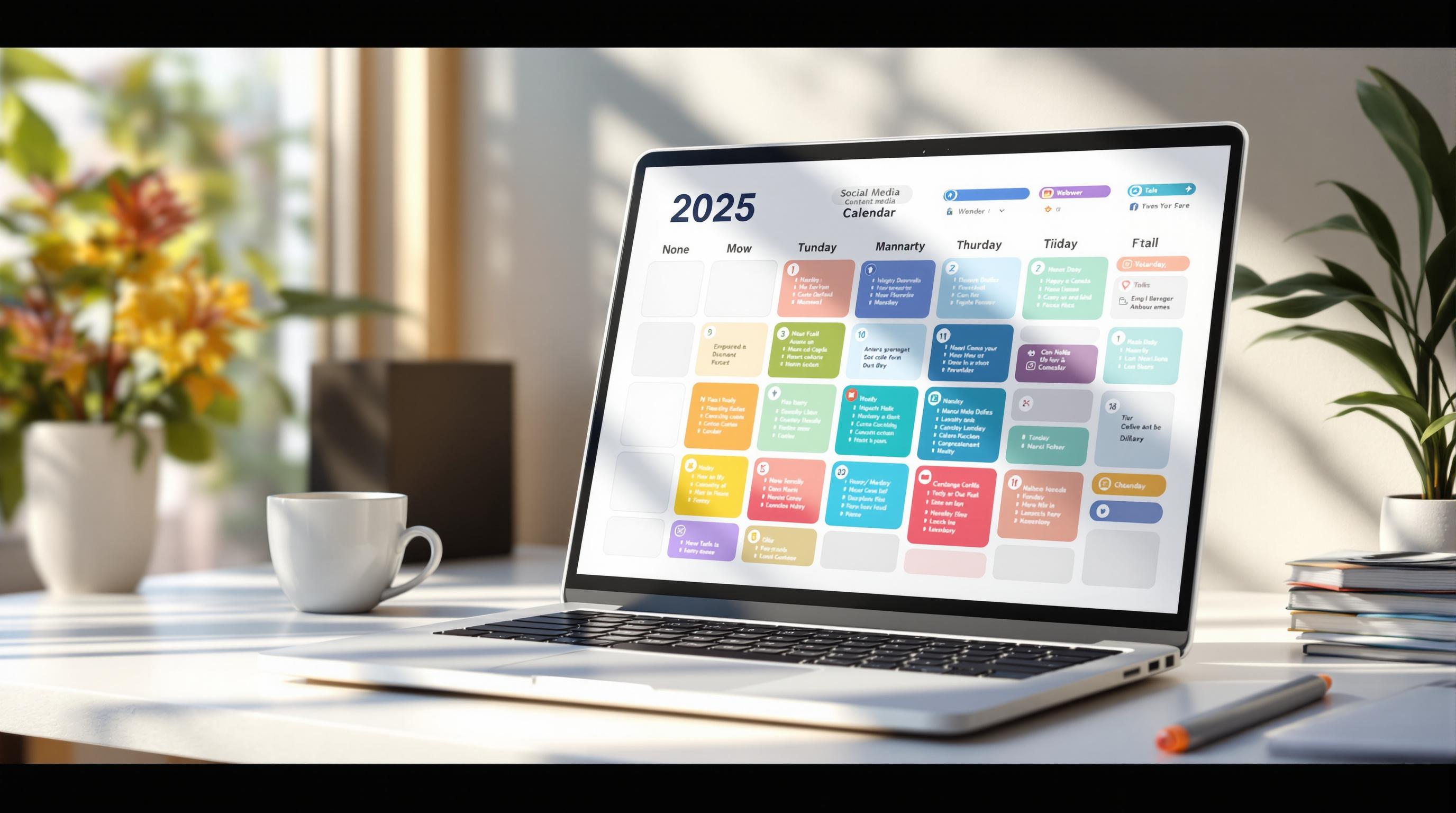
![UpGrow Review – The Best Instagram Growth Service in 2025 [TESTED]](/cdn-cgi/image/fit=contain,format=auto,width=null/https://cdn.prod.website-files.com/67840d1d88a886f29a66a4c1/6795040db42e404207732526_6794fd9c964f791db3b48de9-1737818779111.jpg)

